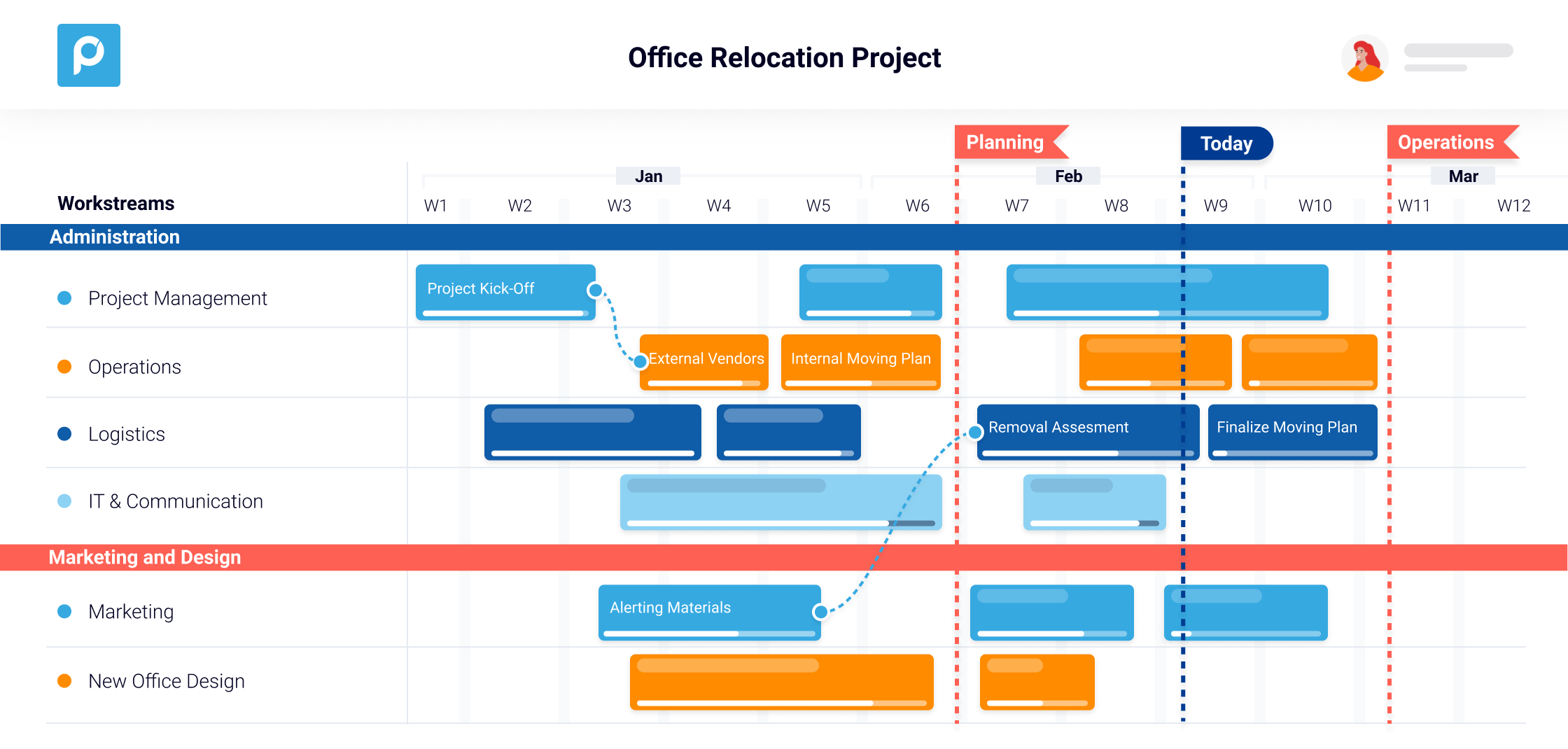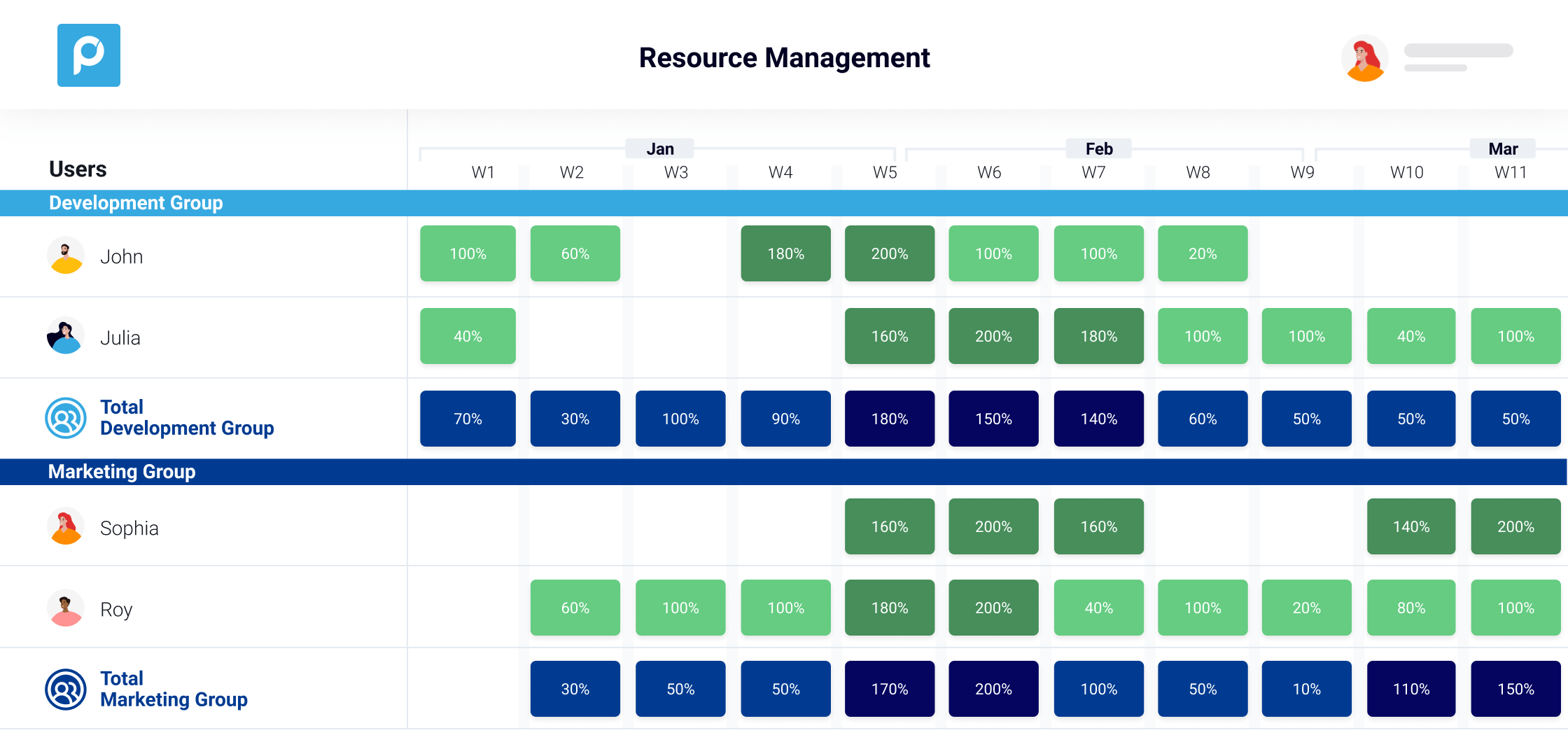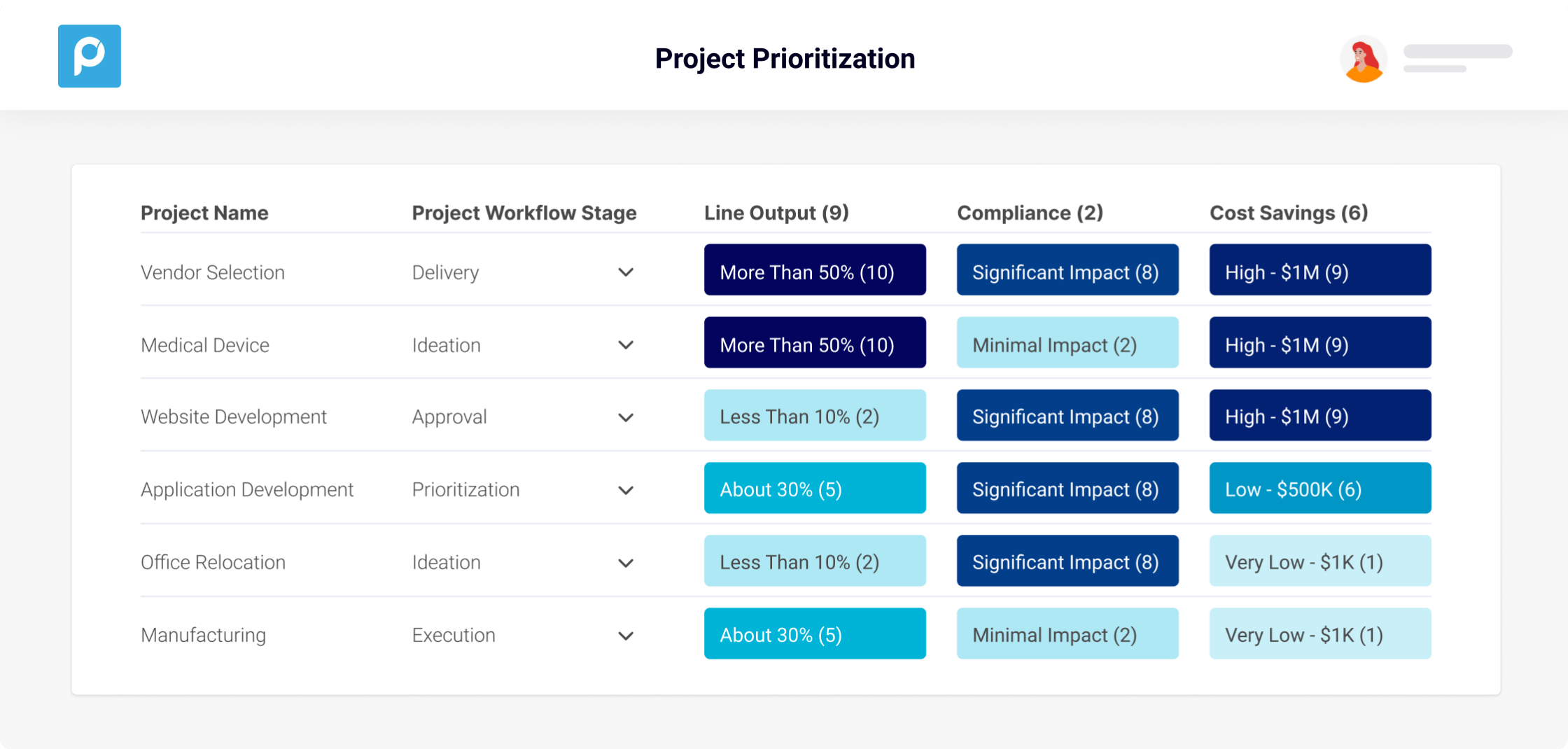4 Challenges of Managing Multiple Projects vs. One Project

Just like some parents say that two kids is five times the work of one, overseeing one project is very different from overseeing multiple projects.
Why? Because when you introduce even one more entity to the mix, you’re now responsible for a whole new set of needs, resources, and outcomes. And you’re left not just managing the timeline of two separate projects, but two simultaneous projects — each of which need your care and attention.
So, how can project managers cope? And, like any good parent, how can they make sure their projects grow up to reach their milestones in a healthy, safe, and productive way without totally burning out?
Here, we’ll unpack four key challenges of managing multiple projects, and solutions you can use to meet your goals:
1. Manage more stakeholder cooks in the kitchen
More projects means more stakeholders to keep updated and informed of your progress. Now, that might seem to yield more meetings, presentations, and status reports as a result. But, with the right tools, you won’t have to fill your calendar with check-ins and daily stand-ups. (In fact, you can say goodbye to unnecessary meetings altogether.) Instead, you can simply invite stakeholders to view your ProjectMap™ — giving them a clear, real-time look at your project status and results:

2. Stay on track with different milestones
Managing milestones for one project is tough enough. Because, as every project manager knows, those milestones can constantly shift based on even the smallest change to your timeline. Now add one or two more projects into the mix and you’ve got a whole mess of milestones to coordinate and keep an eye on. In fact, you can spend so much of your day updating timelines that you miss out on more productive tasks like actually strategizing and optimizing outcomes.
That’s why it’s important to use an adaptive project management platform — emphasis on adaptive. This way, your workstream will automatically update based on any changes made; saving you valuable time. It’ll also keep collaborators on the same page, so you don’t have to send an annoying email or ping every time a task gets moved around.
3. Allocate resources across teams
Going back to our parenting analogy, it’s pretty easy to pack a lunch for one kid. With three kids, however, you’ll have to start evenly parsing out ingredients and portions. You might also be under more pressure to budget for those grocery runs.
Same goes for project managers. The more projects they have to handle, the more divided their resources become.
To help, you can use a resource management map. With this tool, you can access a high-level view of your resource load and allocate those resources across projects and teams as needed:

4. Prioritize where your attention should go
Ah, yes priorities. Jimmy has a doctor’s appointment, but Mary needs help with her homework and David has to get to basketball tryouts. So, how do you structure and prioritize your day?
Project managers with a full portfolio are constantly facing this challenge. They need to figure out where to focus their attention and at what times to keep their whole operation running smoothly.
That’s where portfolio prioritization modules can help. You can use this tool to rank your projects based on your overall business goals, and see them clearly on a single timeline. So, at any moment, you’ll know which projects to prioritize and how to most effectively invest your time, like this:

More projects? No problem
More money? Yes, more problems. More projects? Well, that doesn’t necessarily have to be so overwhelming.
As long as your project management tool can help you stay updated with real-time data, easily move milestones, and automatically prioritize tasks, you can take on those extra responsibilities and continue to deliver results — without ripping your hair out.
Ready to meet the challenge of managing multiple projects with an adaptive PPM? Book a demo with Proggio today.